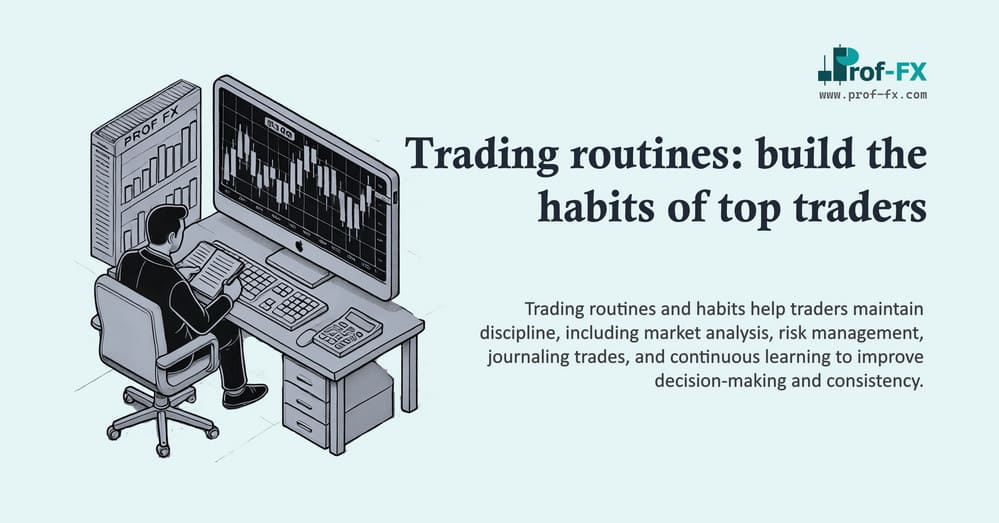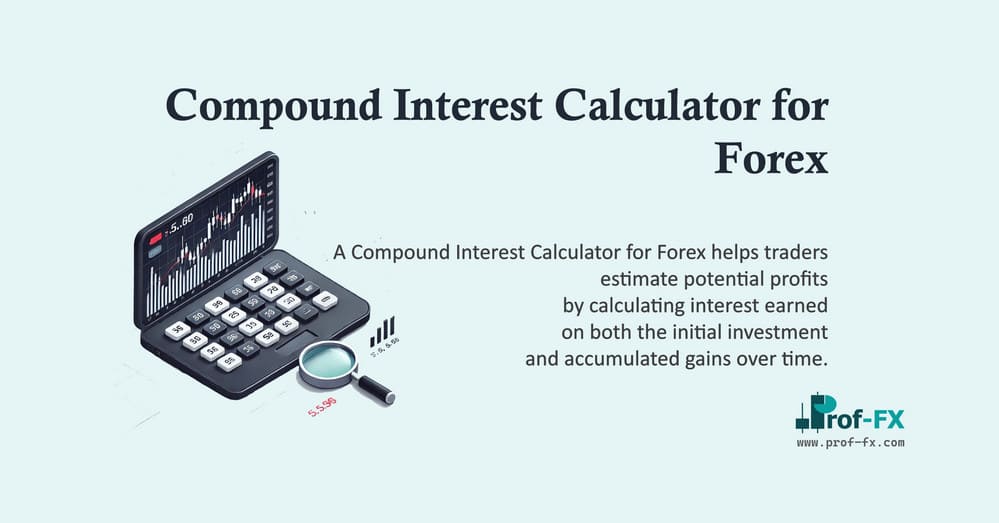After using a trading journal for a while, I noticed something remarkable. For one specific reversal strategy I trade, around 75% of my trades were sell orders. Unknowingly, I seemed to have a bearish market bias.
Have you ever experienced something similar?
You might think that this sounds very similar to what people call a “permabear”, an investor who continuously acts in the expectation that stocks will fall. However, I don’t believe this is the same thing. In contrary to these investors, I don’t have a strong overall bullish or bearish feeling to any market. I will buy just as easily as I will sell. I do, however, have a harder time “seeing” certain bullish reveral setups.
I found this a bit unusual, so I looked into it. I found it easier to discover the bearish setups on my charts. I would often look over bullish setups that are exact mirror images of their bearish counterparts, but fail to either spot them or don’t find them convincing enough to trade. After I started monitoring this more closely in my weekly reviews and watchlists, I decided to do something about it.
Dealing with continuous market bias
It’s not so much a problem as it is an area of improvement. I’m doing fine just trading as I do now, but at the same time, I will always do everything I can to keep improving. A continuous market bias will potentially cause me to skip over setups that are perfectly valid. This, in turn, will reduce the trade opportunities I have and therefore, reduce the number of times I can let my edge play out.
That’s worth investigating.
Basically, I’ve come up with two major ways in how I deal with this. If you have a similar market bias, you might find them helpful, so I’d like to explain them.
1. Deliberate practice
Deliberate practice is a learning method where you will repeat a certain performance over and over again, with the purpose of mastering it. Deliberate practice can be a very powerful way of sharpening your cognitive skills with a specific goal in mind.
So, in relation to trading, here is how I tackle this. When I create my weekly watch list, I run through every pair I have in my “master” list. For every chart, I have created a deliberate step of asking myself: “what could be the bullish setup?“. Just by doing this (and being very deliberate about this step), I’m forcing my mind to look at the same chart in a different way. I start to see inverse head and shoulders patterns. Market bottoms instead of market tops. Upside breaks instead of downside breaks.
Slowly but surely, I’m training my mind in accepting these patterns as valid, solid setups. As with any repetitive practice, it will only take so many iterations before I will automatically do this and the deliberate step will not be needed anymore. It’s training the traders’ mind, and deliberate practice is one of the most effective ways to do so.
2. Flipping charts
No, this isn’t some Ebay scheme. It’s all about changing how you view charts, literally. In the beginning, it might still be quite difficult to “see” the opposing scenario when you look at charts, so here’s a trick I learned from Rolf at Tradeciety: just flip your charts!
This might be easier to explain with an example. I’ve told before that I’m using TradingView as my main charting platform. I love it and the many features and ease of use are the best. Usually, when you load an interactive chart, it looks like this:
A regular chart of EURUSD. Now, TradingView has this nifty feature where you can request the inverse chart very easily, by entering “1/EURUSD” as the symbol. Basically, this says: give me the EURUSD chart, but flip it around so I actually get USDEUR. This is the result:
You see how it’s exactly the inverse of the first chart? This little trick makes it very easy to look at it from another angle. It might help you in fighting the continuous market bias and soon, you will have a much easier time seeing both bullish and bearish setups.
This is, of course, dependent on your charting software. Not all platforms might offer this as a feature, but some might just support flipping the currency pair by requesting USDEUR as well. Regardless, I think that TradingView is a fantastic charting platform so you might give it a go.
Conclusion
You might have an easier time finding bullish setups. Or you might find it easier to spot bearish setups. If you notice that a large part of the trades you take are either buys or sells, it might be because you have a continuous market bias. The first task is knowing you actually have this bias. The second task is to work towards a goal where it’s just as easy for you to see the upside as the downside.
Two ways of tackling this are:
- Deliberate practice (what is the upside/downside scenario?)
- Flipping charts (requesting the inverse chart of a currency pair)
Does anyone have a similar market bias? How did you fight it?
Let me know in the comments!











